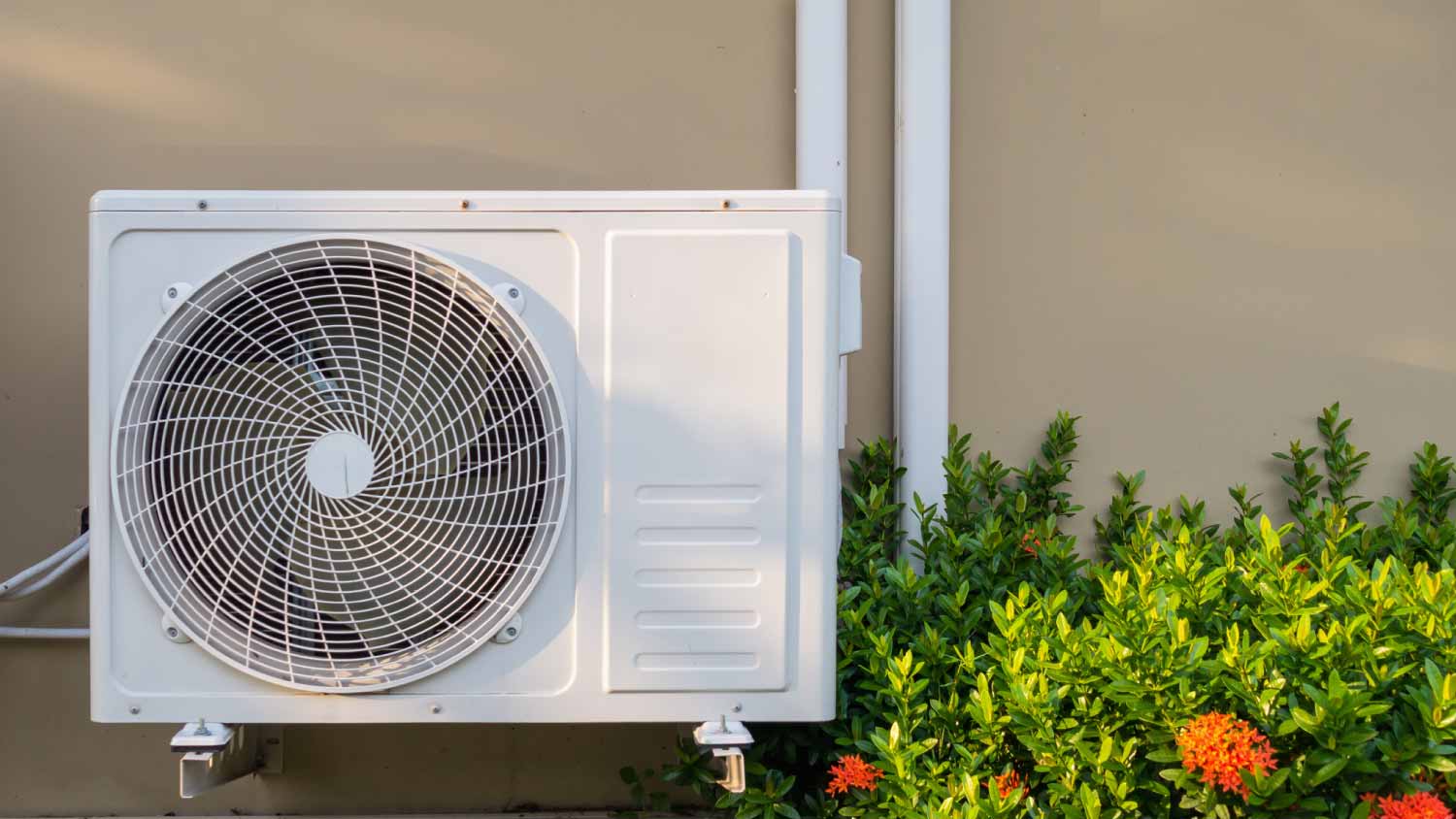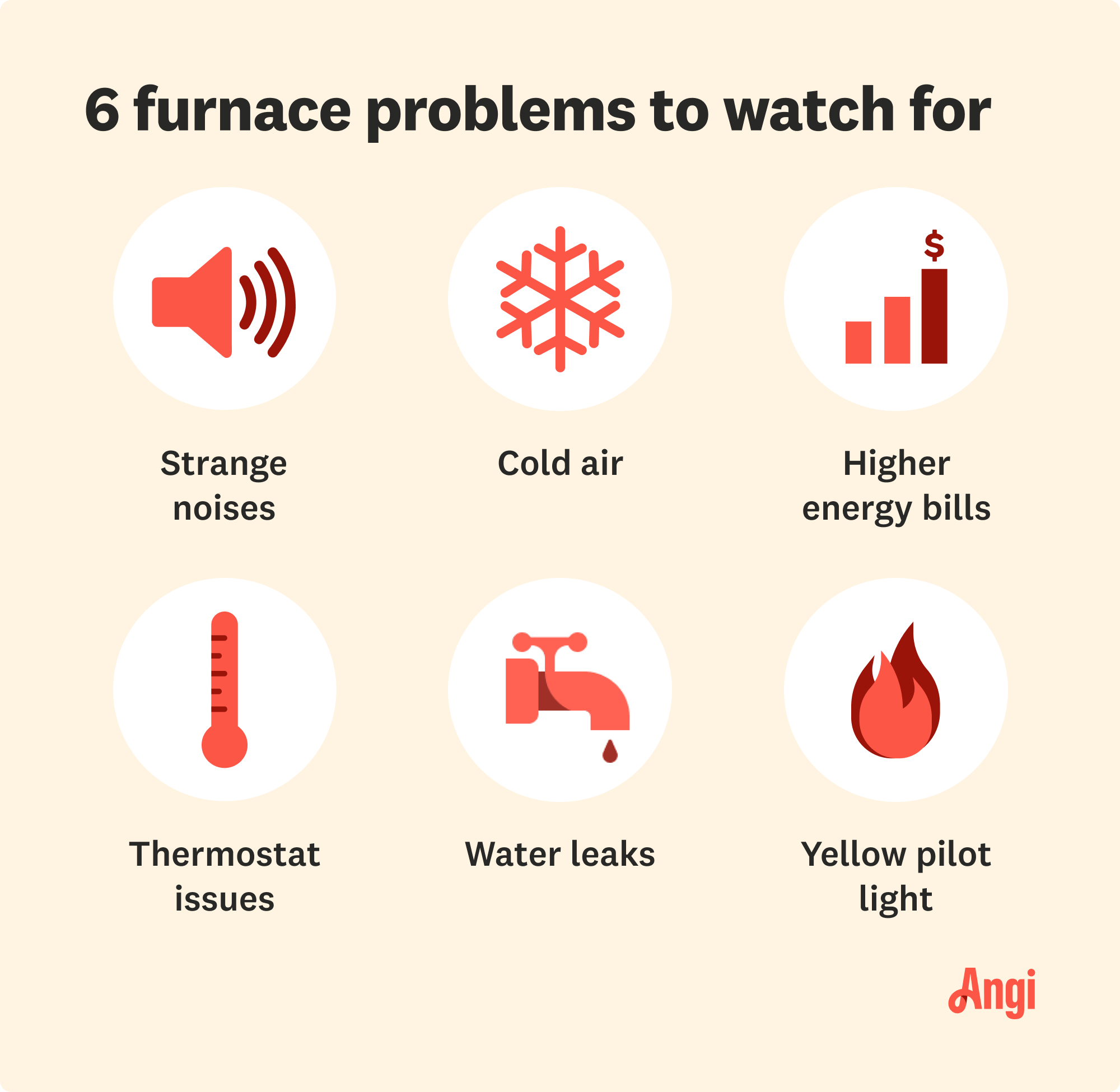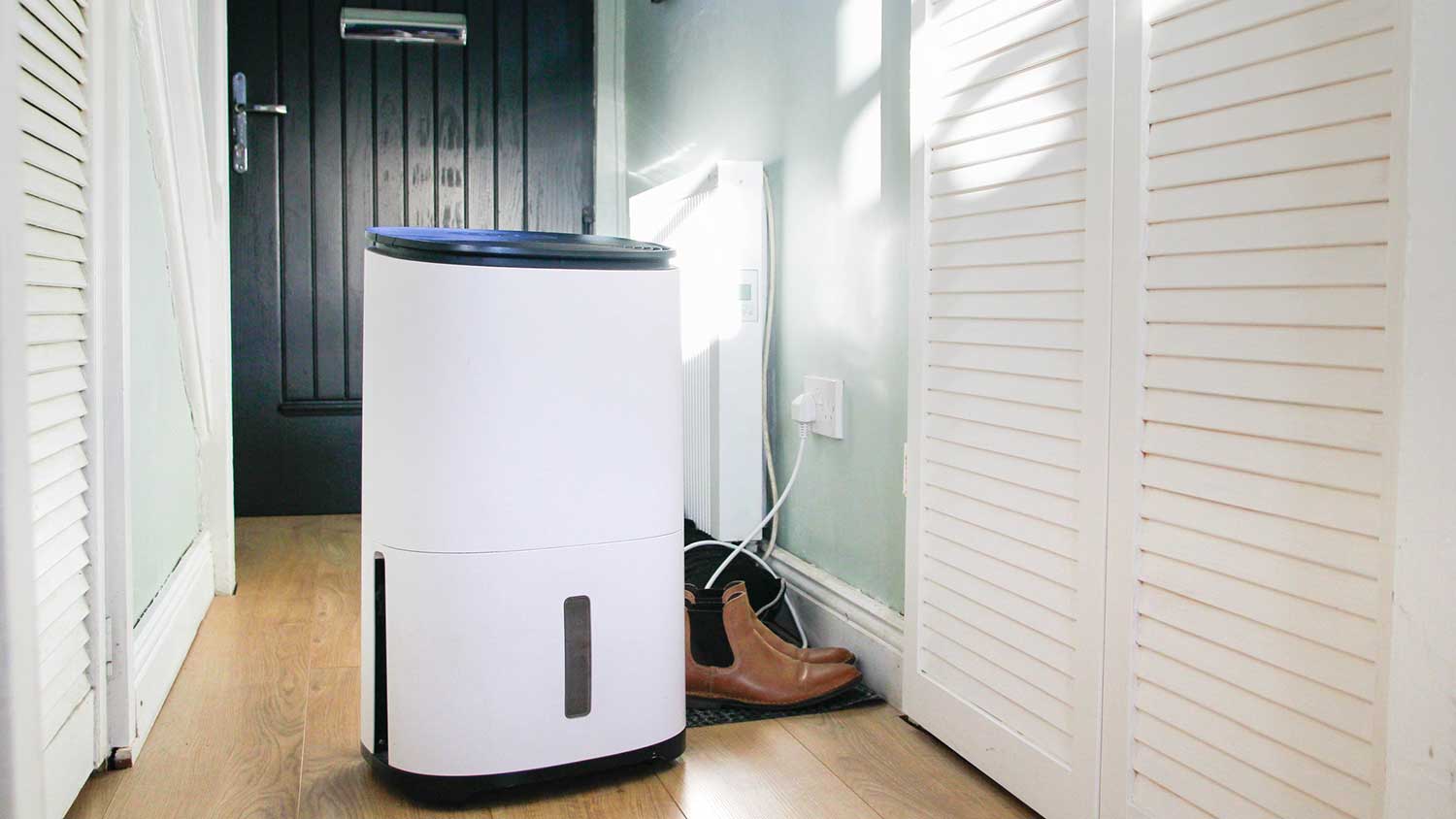What Is Forced-Air Heating? Get to Know This Common Home Heating System
Keep it cozy with this handy heating system


The main components of a forced-air heating system are a furnace or heat pump and ductwork.
Forced-air systems offer a relatively efficient way to heat your home.
If you have existing ductwork, installing a forced-air system can be affordable.
These systems require occasional maintenance, like changing filters and checking the thermostat, as well as annual inspections.
If you’re looking for an easy-to-use, whole-home heating system, then forced-air heating is an obvious choice. So, what is forced-air heating? In short, it’s an efficient type of heating that lets you crank up the temperature in your house with the press of a button (or, even better, on an automatic schedule). Keep reading to learn more about forced-air heating systems, including how they work and how to maintain them.
What Does It Mean When Heating Is Forced Air?
Forced-air heating is a type of heating system that uses a heat source (often a furnace or heat pump) to warm up air and distribute it into your home through ductwork. A forced-air system might run on natural gas, electricity, or another fuel source, depending on the type of heating appliance you have. Overall, it’s a fairly efficient way to heat your home—especially if your forced-air system uses a heat pump (rather than a furnace).
Key Parts of a Forced-Air Heating System
Forced-air heating systems have several components that work together to circulate warm air through your home. These parts may include:
Furnace or heat pump
Heat exchanger
Blower fan
Ductwork
Thermostat
Exhaust pipe
Safety features
How Forced-Air Heating Works
All forced-air heating systems work similarly, but there are slight differences depending on whether the system uses a heat pump or furnace. Here’s a basic overview of how a gas furnace works as part of a forced-air heating system:
The thermostat tells the furnace to begin the heating process.
The furnace performs its safety checks, gets rid of leftover gases, and ignites the heat source.
The heat exchanger warms the air, and the blower fan pushes the air into the ductwork.
Heated air leaves the ductwork through air vents and warms up your home.
The heating cycle ends, and the furnace shuts off when the thermostat signals that the indoor air has reached its desired temperature.
Pros and Cons of Forced-Air Heating Systems

Like any home heating method, forced-air systems have their pros and cons. Here are the main benefits and drawbacks.
Pros
After installation, forced-air heating systems are reliable and easy to use.
They often use efficient heat sources (like heat pumps or electric furnaces).
Installing a forced-air heating system is cost-effective if you already have ductwork.
They provide quick heat distribution throughout your house.
Filters in forced-air systems can reduce dirt, debris, pet hair, allergens, and other contaminants in your home.
Install carbon monoxide alarms on every level of your home, in central locations, and outside bedrooms. Check all of your carbon monoxide detectors every month, and replace the batteries on a set schedule according to the manufacturer’s instructions.
Cons
Without existing ductwork, installing a forced-air system can be pricey and complex.
You’ll need to clean and maintain the system to keep it running smoothly.
You might also need to schedule duct cleaning to keep dust and mold out of your ductwork.
Some types produce carbon monoxide, which can be deadly if not properly vented outside.
Heating may be inconsistent, depending on the size and layout of your home and ductwork.
How to Maintain a Forced-Air System

If you have a forced-air heating system, it’s important to perform regular maintenance. This includes:
Changing the filters: In many cases, it’s fine to swap out your furnace filters once per quarter. But if you have pets, have allergies, smoke indoors, or use thin filters, you might prefer to replace them once per month or every other month.
Inspecting the furnace: On occasion, inspect your furnace and other system components to make sure everything looks normal. If you notice any problems with your furnace (like strange sounds or unusual smells), call a professional.
Checking the thermostat: Test and clean your thermostat from time to time and replace the batteries as needed.
Scheduling professional inspections: Hire a local HVAC company to inspect your system at least once per year—even if everything is working fine. Routine maintenance can identify issues early and extend the life of your HVAC system.
Frequently Asked Questions
Not necessarily. Baseboard heaters—and, in particular, electric baseboard heaters—are often less efficient and cost more to run than forced-air heating systems. However, some people like baseboard heaters because they let you control the temperature on a room-by-room basis. Plus, baseboard heaters don’t require ductwork, so they might be a good alternative to forced-air heating if you don’t have (or can’t install) air ducts in your home.
Forced-air heating systems can be run by natural gas or electricity (or even another source of fuel, like propane). The most commonly installed forced-air systems run on natural gas. If you do choose a gas forced-air system, be sure to install carbon monoxide detectors on every level of your home and check the gas levels regularly.





- Furnace Repair
- Air Conditioning Repair
- HVAC Repairs
- Furnace Installation
- Wood & Pellet Stove Repair
- Dehumidifier & Humidifier Repair
- Heat Pump Companies
- Swamp Cooler Repair
- Wood Stove Services
- HVAC Companies
- Commercial A/C Repair
- Geothermal Installation
- Air Conditioning Installation
- Boiler Repair
- 24 Hour Furnace Repair
- Geothermal Repair
- Heat Pump Repair
- Humidifier Installation
- Thermostat Repair
- Thermostat Installation
- Nest Installation
- Heating & Cooling
- Heating Repair
- Furnace Cleaning
- Furnace Tune-Up
- HVAC Technicians
- Subcontractors
- Furnace Maintenance
- Plumbing & Heating Companies
- Wood Stove Inspection
- Mini Split Installation
- Wall Heater Repair
- Duct Installers











